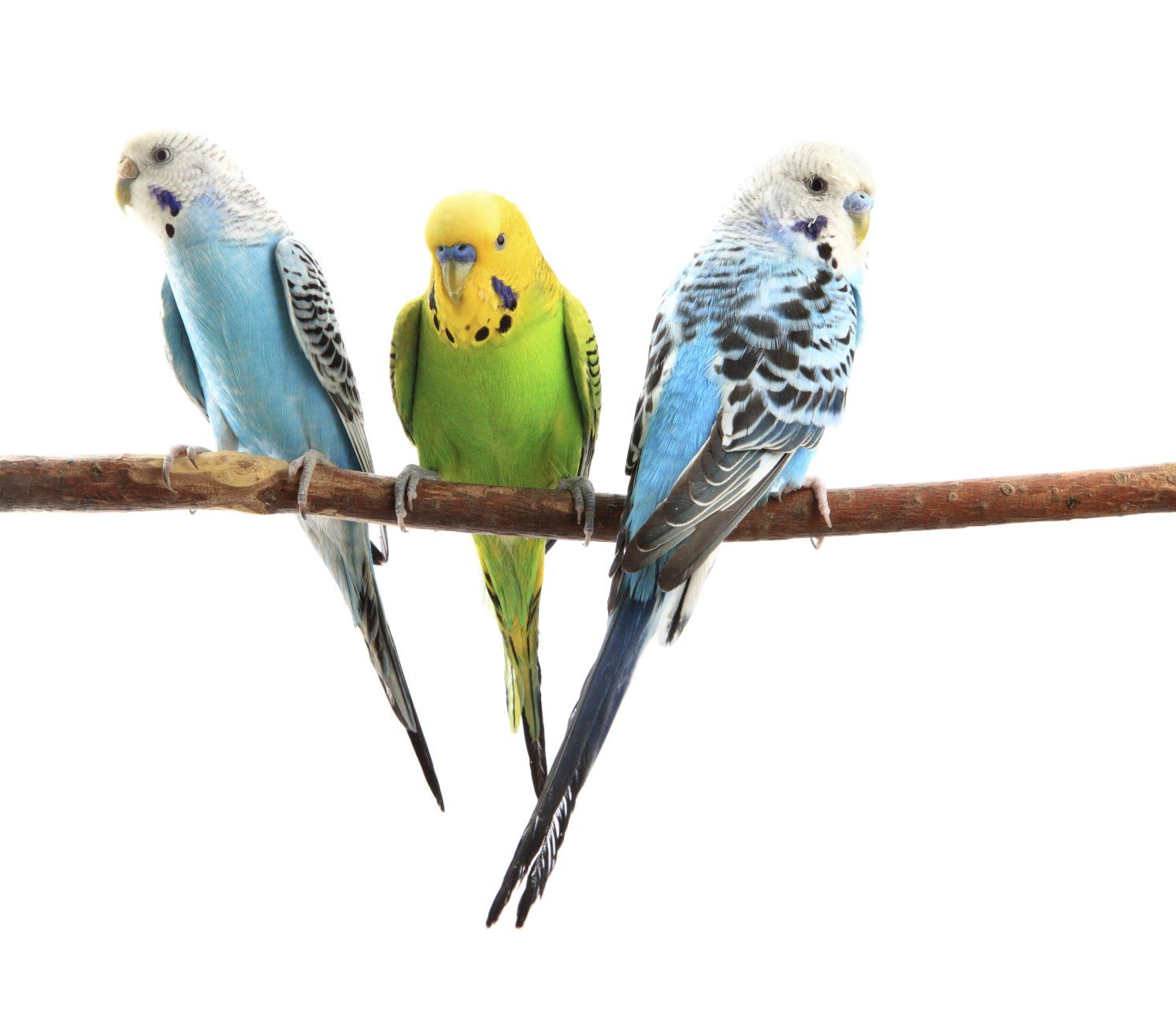
Animals obtain their nutrition from the consumption of other organisms. Depending on their diet, animals can be classified into the following categories:
- Herbivores - animals such as dairy cows whose primary food source is plant-based.
- Carnivores - animals such as lions that eat other animals.
- Omnivores - animals such as humans that eat both plant- and animal-derived food.
As animals evolved in complexity of form and function, their digestive systems have also evolved to accommodate their various dietary needs.
Monogastric: Single-chambered stomach. This type of digestive system consists of one (“mono”) stomach chamber (“gastric”) as with humans and many other animals.
Avian: The avian (bird) digestive system consists of a two chambered stomach and several specialized organs that enable the absorption of nutrients from un-ground / unchewed food.
Ruminant: Ruminants are mainly herbivores like cows, sheep, and goats. They have multi-chambered stomachs that help them digest vast amounts of cellulose. 1



Dairy cows eat rapidly, swallowing much of their feedstuffs without chewing it sufficiently. process of rumination or “chewing the cud” is where forage and other feedstuffs are forced back to the mouth for further chewing and mixing with saliva.

The "spitting" image
Saliva plays several important roles in supporting the oral and overall health of animals, humans and cows alike. Saliva:
- Keeps your mouth and throat moist and comfortable: provides a lubricating barrier all over your mouth, protecting your mucosa from harmful substances (like bacteria and toxins) and injury.
- Moistens food so it’s easier to chew and swallow: Saliva moistens your food and turns it into a small ball (bolus) that makes its journey down your throat and esophagus smoother.
- Starts the digestion process: Saliva contains an enzyme called amylase, which helps your stomach break down starches in food.
- Protects against infection: Saliva contains lysozyme, an enzyme that disintegrates many bacteria and prevents the overgrowth of oral microbial populations in your mouth. 2